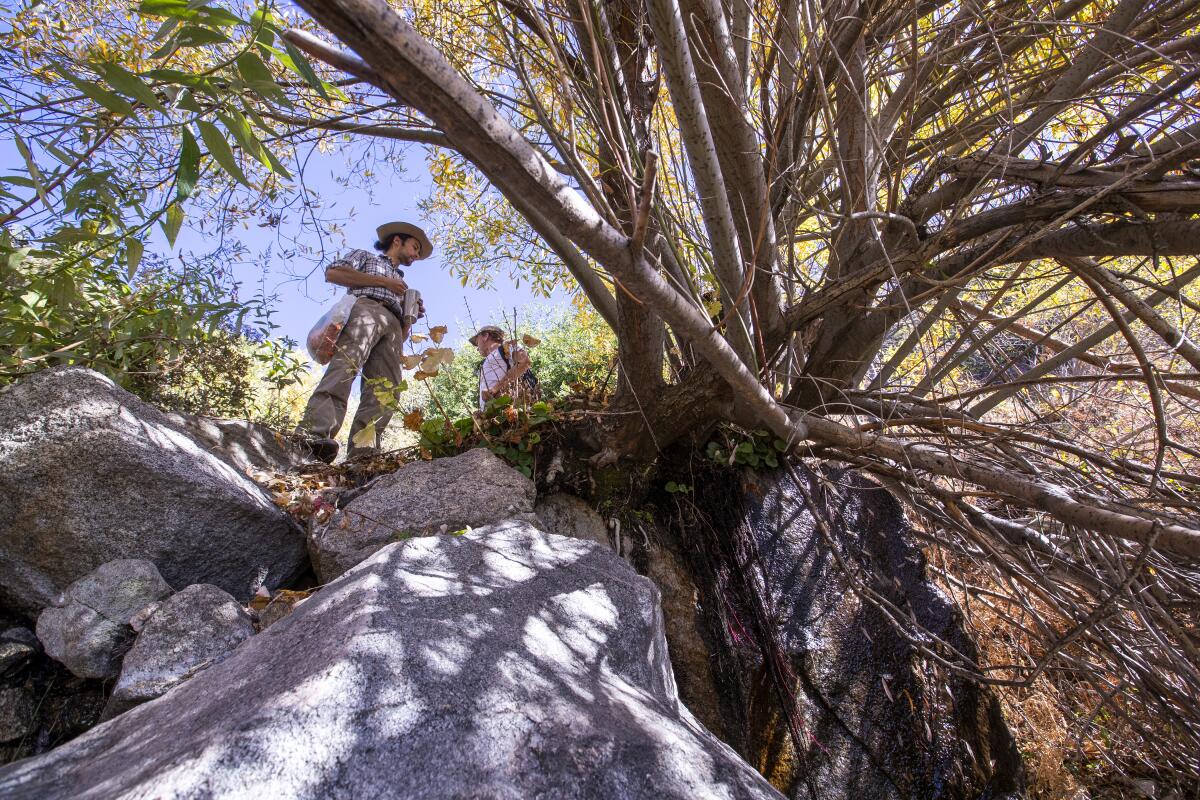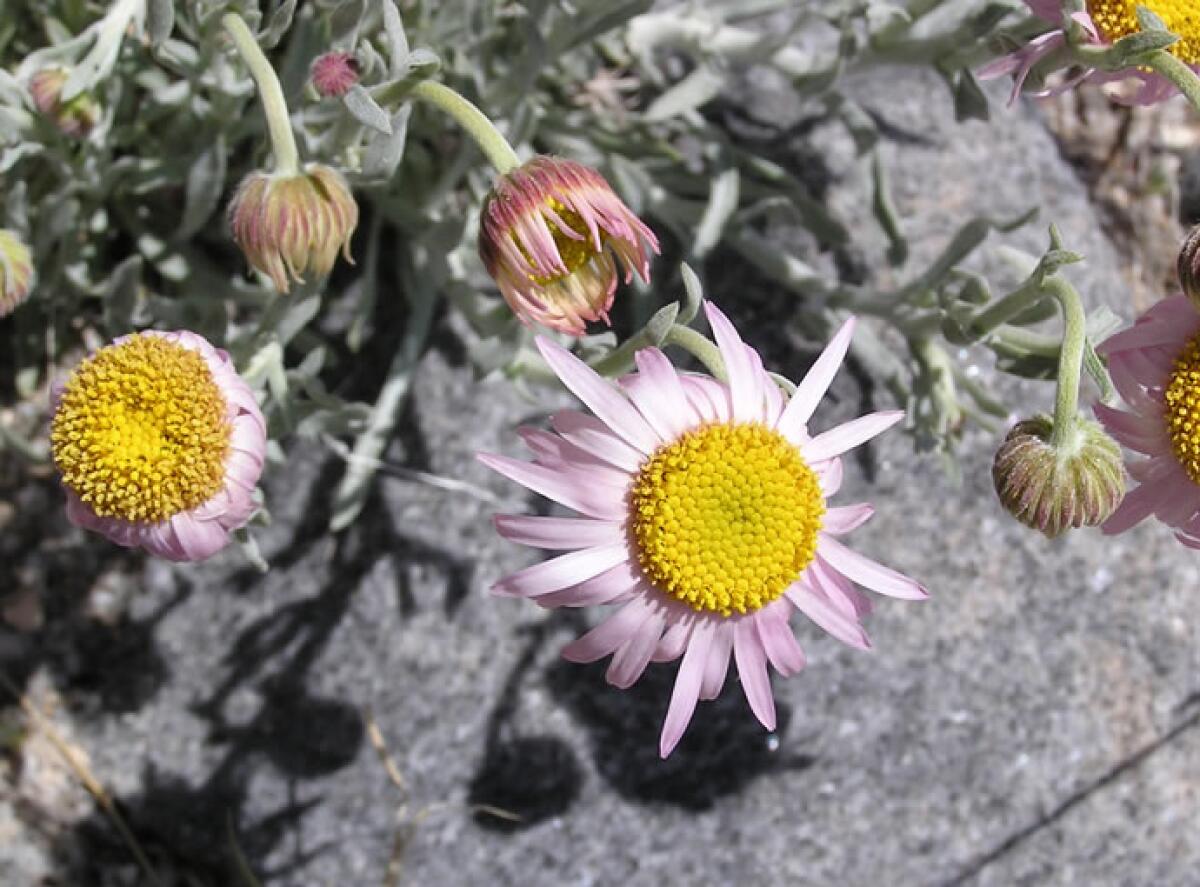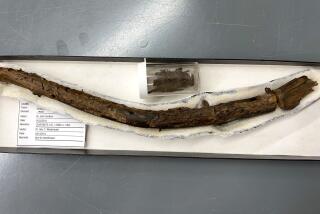Under a temporary mining ban, 4 rare plant species can bloom in San Bernardino forest

Four threatened and endangered plant species growing in the San Bernardino National Forest will have an opportunity to thrive following the adoption of a plan this week by the U.S. Bureau of Land Management and U.S. Forest Service that temporarily bans new limestone mining.
Under the plan, limestone mining is prohibited on 2,841 acres in the national forest for 50 years, though the time frame could be extended, officials said in a news release Friday. The protection will help the rare wildflowers bloom on soil with calcium carbonate, a substance found in toothpaste, cement, medicines and other products.

“High-grade calcium carbonate can be found in many other places, but the only place on the planet where these special plants live is confined to a small area in Southern California, primarily on the northern slopes of the San Bernardino Mountains,” Aaron Sims, the rare plant program director at the California Native Plant Society, said in a statement.
The threatened and endangered species include Cushenbury buckwheat, Cushenbury milk-vetch, Cushenbury oxytheca and Parish’s daisy.
Efforts to protect the rare wildflowers began decades ago when international mining companies, claim holders, federal and county agencies, as well as the California Native Plant Society, came together to negotiate a plan. Together, they created the Carbonate Habitat Management Strategy in 2003.
“I worked on this plan 20 years ago and I’m thrilled that this arduous process has finally been completed,” Ileene Anderson, a senior scientist at the Center for Biological Diversity, said in a statement. “Honestly, I wasn’t sure I’d see this happen in my lifetime. These beautiful plants now have a fighting chance at survival.”
More to Read
Sign up for Essential California
The most important California stories and recommendations in your inbox every morning.
You may occasionally receive promotional content from the Los Angeles Times.











